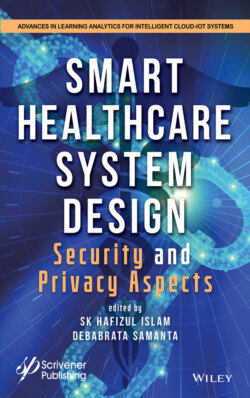Читать книгу Smart Healthcare System Design - Группа авторов - Страница 36
1.6 Conclusion
ОглавлениеThis research presented new hybrid methods and algorithms to enhance the prediction of ictal states. Several experiments were proposed to determine the behavior of a possible preictal state of both NIMH patients’ data and MIT-CHB data. A study of the feature sets that maximized the accuracy was completed. Finally, an emulator was tested with pythonide with single channel to the frontal lobe of the brain and compared three algorithm results in a real-time environment. Since there is usually critical damage causing the seizures, there is an indeterminate number of possible confounding variables. For this reason, the prediction system was designed to learn and predict seizures from within the same patient.
At the time point of each state transition, the appropriate flags are set on the processing unit, which trigger indicators. For a state transition to seizure onset, an indicator should go off and the unit should begin to vibrate. At this point, if it is possible to administer AEDs directly to the brain, it should be done either manually or automatically through an implanted drug reservoir. If the patient then transitions to an ictal state regardless of the treatment, an alarm should sound to warn others and appropriate medical attention should be called upon, automatically. The device should record the EEG data for each seizure that happens and use it later for learning. It should also store some metadata about the seizure along with some vitals such as body temperature and heart rhythm. This type of data could help doctors better understand a patient’s condition as well as the progression and development of the condition over time. In the proposed system of Hybrid Artificial Neural Network with Support Vector Machine (HANNSVM) based classification attain better accuracy in terms of efficiency and time duration.
